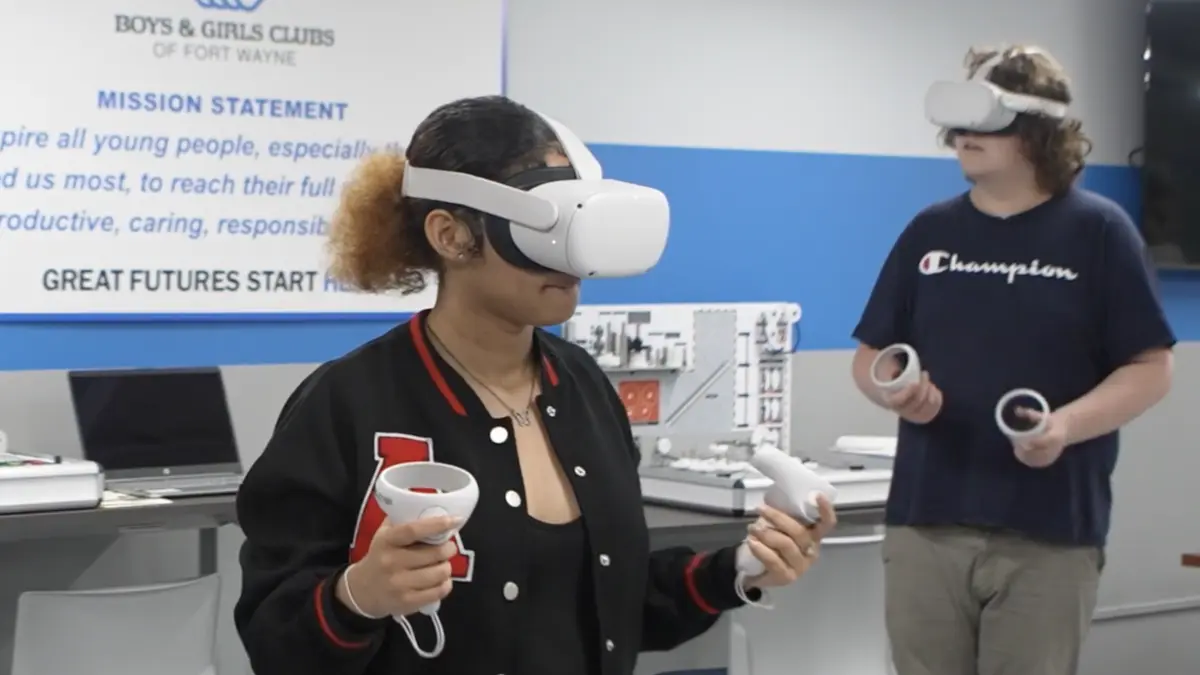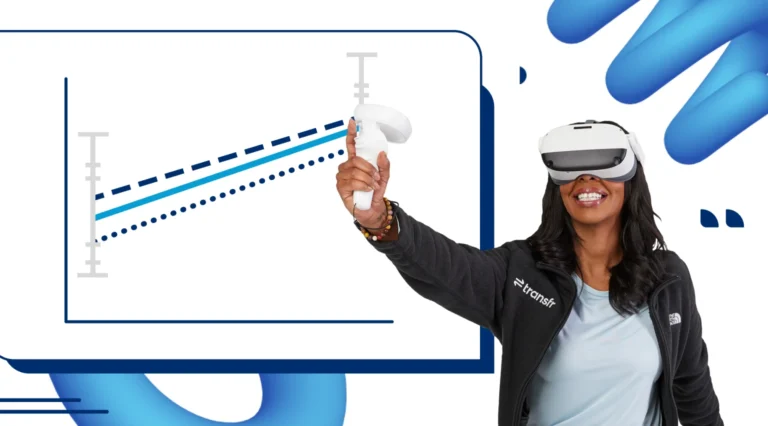People love to learn. If they didn’t, we wouldn’t have podcasts, documentaries, home repair shows, or the very concept of “edutainment.” (We tip our hats to Sesame Street for helping pioneer this notion!) But it’s easy to forget how enjoyable learning can be when no one seems to want to attend another workplace “training’ and when the White House is issuing warnings about the rise of chronic absenteeism in American schools. If learning is so much fun, why are people so eager to avoid it?
The problem, I would argue, is that the general sweep of education has managed to coalesce around extremely passive experiences, as opposed to injecting more active learning opportunities into curricula. The primary requirement for “learning” has been (and continues to be) having someone tell us what we need to know. Having studied learning and memory for the past 25 years, I can tell you that this model is not the most effective way for most people to learn.
The mere transmission of information is, at best, the start of the learning process. What happens next is what determines how successful (and enjoyable!) the learning experience will be. The key to both — success and enjoyment — is allowing the learner to actively engage with, rather than passively receive, new knowledge.
In this article, I’ll explain why virtual reality (VR) training simulations are particularly well-suited for harnessing the power of activity to produce effective and even joyful learning experiences. We should begin by familiarizing ourselves with the concept of “active learning”.
Learners prefer active learning
As mentioned in the intro, the modal (or most common) learning experience one will encounter today is decidedly passive. The learner listens or observes while an instructor (teacher, parent, workplace supervisor, etc) explains or demonstrates how something works or is done. The learner is responsible for little more than maintaining the appearance of dutiful attention. In group settings, where individual learners are likely to feel less seen or when teaching is remote or automated, even the minimal obligation to appear interested can be reduced (or even disappear altogether).
Compare this to active learning: Active learning is a catch-all term that refers to a wide variety of scenarios in which learners are required to do something with incoming information. A simple (but potent) example is requiring learners to answer questions about what they’re hearing or seeing as a lesson unfolds. Critically, learners need to be “on the hook” for their answers in order for it to count as active learning. If people are allowed to treat the questions as mere suggestions to stop and reflect, or if people can look to someone else to provide an answer, the critical element of activity is lost.
Research has shown that students learn more via active learning versus passive learning (Freeman et al., 2014; Prince, 2004). Students also enjoy having activity added to educational settings (Lyle & Crawford, 2011), which should come as no surprise. Most of us can attest to the pain of sitting through a passive learning experience, straining to make ourselves stay focused and counting the minutes until we can get back to doing something. Adding an activity flips this script: It gives us a reason to stay on task and, often, it gives us a sense of accomplishment. Performing activities can help us see that we are learning.
The active learning benefits of VR
Unfortunately, even when the value of adding activity to learning scenarios is recognized, there can be obstacles to incorporating it. For example, when teaching a hands-on procedure (say an aspect of airplane maintenance), an instructor might want students to actually participate in the activity directly, but find that limited time and resources make that impractical. There may even be basic safety concerns.
VR training simulations can put activity front and center in the learning process for all students. In a Transfr sim, students are constantly doing: They don’t have to wait for an entire procedure to be explained before they try it themselves — they start interacting with virtual tools and objects immediately. Activity and instruction are fully integrated. And the activity continues after instruction when students are required to recreate the procedure on their own.
Here at Transfr, we’ve been studying the impacts of our sims from a variety of angles, including both learning outcomes and user enjoyment. Consistent with prior research on the value of integrating activities into the learning process, we’re finding that when we compare sims to passive teaching tools (slide decks, videos), people remember more from sims and enjoy them more.
Active learning with VR engages users
The power of active learning in a VR setting isn’t just obvious from improved outcomes, but also from the way learners talk about their time in the headset: When research study participants rate their enjoyment of their learning experience, as well as their enthusiasm for future sim usage, they often max out the rating scales with the highest scores possible! (This is highly unusual in research studies like these, as any researcher will tell you.)
This joyful reaction seems to be driven in part by how easily the sims capture the learner’s attention. Participants tell us that it’s much easier to pay attention to sims versus more passive forms of teaching. For anyone who’s uncertain about the amazing potential that VR has to change lives by giving learners not just vital job skills but also engaging our human love of learning, I’ll leave you with the words of one excited study participant:
“You can’t really not pay attention to [the simulations]. You’ve got the headset on your head, you’re looking forward, you’ve got the man talking to you about things you have to click. You’re constantly interacting with it to the point where you almost can’t not be paying attention. That’s what’s so good about it.”





